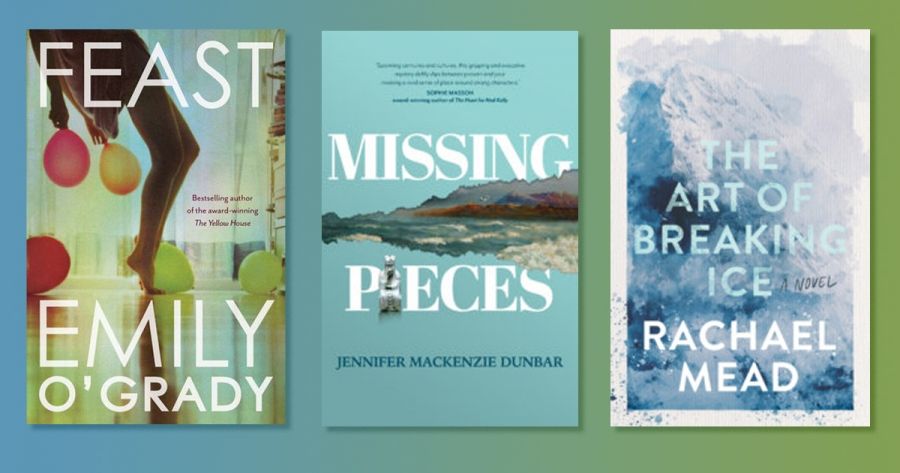
- Free Article: No
- Contents Category: Fiction
- Custom Article Title: Three new novels
- Review Article: Yes
- Article Title: Interdependence
- Article Subtitle: Three new novels
- Online Only: No
- Custom Highlight Text:
British sculptor Barbara Hepworth wrote that ‘there is no landscape without the human figure’. Similarly, there is no human without the landscape in which they are situated, human and landscape mutually shaping, resisting and defining the other.
- Featured Image (400px * 250px):
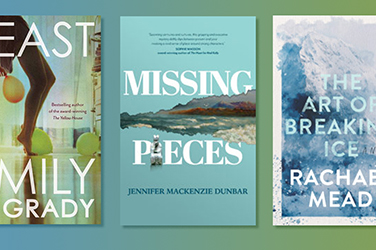
- Alt Tag (Featured Image): Diane Stubbings reviews three new novels
- Book 1 Title: Feast
- Book 1 Biblio: Allen & Unwin, $32.99 pb, 295 pp
- Book 1 Cover Small (400 x 600):
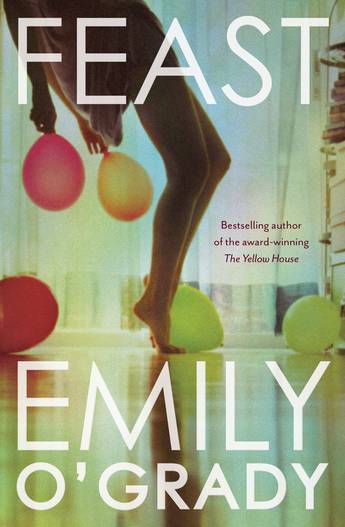
- Book 1 Cover (800 x 1200):

- Book 2 Title: Missing Pieces
- Book 2 Biblio: MidnightSun, $32.99 pb, 303 pp
- Book 2 Cover Small (400 x 600):
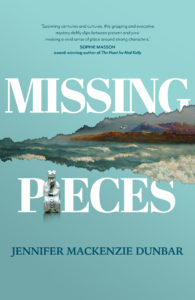
- Book 2 Cover (800 x 1200):

- Book 3 Title: The Art of Breaking Ice
- Book 3 Biblio: Affirm Press, $34.99 pb, 288 pp
- Book 3 Cover Small (400 x 600):
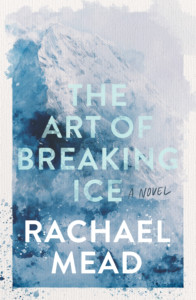
- Book 3 Cover (800 x 1200):

Lost and awkward, Neve is uncertain what she wants from life. When she inadvertently learns that Alison – already forty-eight and seemingly beyond childbearing – is pregnant, Neve is overwhelmed by an urge to obliterate the baby before it is born: ‘In her head she pictures her hand pressed to Alison’s belly, clawing past the skin and muscle, into the swelling balloon of Alison’s uterus and squeezing it to pulp.’
Wracked with morning sickness, Alison shares Neve’s impulse. The pregnancy seems to her an impossible thing, and she intends to have it terminated. However, events preceding the feast – Alison’s near-obsession with Shannon and the pervasive presence in the house of Elixir, a young neighbour, who simultaneously abhors and lionises Alison – prompt Alison to reconsider her decision.
O’Grady constructs her plot with appreciable skill. As the book’s publicity trumpets, there are secrets waiting to be revealed, but the substance of those secrets turns out to be less consequential than the degree to which they have, over time, festered. A sense of disaster, even death, looms over every page, and each of the relationships is entangled with so many question marks, and laced with so much venom, that it is impossible to predict which one of them will be the first to implode.
A milieu of decay and moral collapse is strikingly realised in O’Grady’s language. Her images reek of rot and putrefaction, embodying the visceral, the organic, the parasitic: ‘She wants to go back … to when she was just a cluster of cells, a possibility, and there was no one burrowed under her skin like a tick, sucking away, sucking away.’ The dour, knotted landscape – riddled with brambles, traps, and the corpses of dead animals buried there when the estate was a private zoo – reflects the characters’ inner lives, leaving them, like the rabbits Alison hunts, skinned and eviscerated.
What is especially satisfying about Feast is the way it cunningly manipulates readers’ expectations. Every time you feel you have the novel’s measure, it veers off slightly. With a lesser writer, the deviations and red herrings might feel chaotic. In O’Grady’s hands, they are purposeful and effective.
It may not come to the blood-curdling climax that the plot and imagery warrant, but Feast is nevertheless a penetrating and tantalising novel.
Jennifer Mackenzie Dunbar’s Missing Pieces (MidnightSun, $32.99 pb, 303 pp) also draws on the mystique of the Scottish landscape. Set largely on the Isle of Lewis in Scotland’s Outer Hebrides, and inspired by the mystery of the Lewis chessmen – a cache of exquisitely carved medieval chess pieces discovered on Lewis in 1831 – Missing Pieces stresses the importance of women’s stories: ‘Women’s stories must be told … men will not take the time to ask. We must become our own storytellers.’
A novel that wears its heart on its sleeve, Missing Pieces takes what little is known about the provenance of the chess pieces and contrives a plot which situates three women at the centre of the chessmen’s history: Magrit the Adroit, an Icelandic woman referenced in the Norse sagas, who, according to some theories, sculpted the pieces; Morven, a woman from Lewis, who, in 1190, found the pieces after a shipwreck and buried them; and Mhairi McLeod, the wife of the man credited with unearthing the chessmen almost seven hundred years later. Binding these stories is that of Marianne McLeod, an employee of the British Museum, who, in 2010, has been sent to Lewis to oversee a temporary display of the pieces.
In telling the women’s stories, Missing Pieces prods various themes – romance, mystery, the repatriation of antiquities, female empowerment, family tragedy and even Outlander-style mysticism and magic – without fully animating any of them. While Dunbar’s motivation here is admirable, Missing Pieces, despite (or perhaps because of) its cosiness, is predictable and plodding. Nevertheless, it is gratifying to see a version of history in which the vain, self-aggrandising, and at times gormless men who stumbled into the chessmen’s narrative are pushed aside by the gifted and tenacious women the novel imagines.
The plight of women whose stories have been swamped by androcentric histories likewise drives Rachael Mead’s The Art of Breaking Ice (Affirm Press, $34.99 pb, 288 pp), which celebrates the life of Nel Law, the first Australian woman to set foot in Antarctica.
A housewife with artistic aspirations, Nel is cooking dinner for her husband, Phillip, leader of the Australian National Antarctic Research Expedition (ANARE), and one of his colleagues – a dinner comprising roast penguin breast and seal-liver pastries – when Phillip audaciously suggests that Nel stowaway on his forthcoming voyage to Macquarie Island and Mawson Station.
With a surreptitious wink from the government minister in charge of Australia’s Antarctic territories (a cameo from soon-to-be Prime Minister John Gorton), Nel takes her place among the crew sailing south. The predominantly male expeditioners resent the presence of women aboard – not only Nel, but also four female scientists, themselves pioneers, on route to Macquarie Island.
At sea, Nel witnesses an unfamiliar side to her husband, Phillip morphing into an authoritative, work-obsessed figure who demands respect and obeisance from his men and, for the duration of the expedition, also from Nel. Troubled by Phillip’s emotional absence, Nel finds solace in the company of Harris McCallum, an ornithologist. She illustrates McCallum’s penguin studies and is soon mooning over him, flush with desire. The attraction seems to be mutual.
Nel’s artistic insight – her singular perspective on the landscape – is neatly emulated by Mead, herself a poet and one-time visitor to Antarctica. Scenes where Nel gazes towards the horizon, marking the subtle gradations of the light, are dazzling: ‘Just space: smooth and endless … everything glittering as if dusted with diamonds … frozen rivers etched with crevasses in shades of blue she’d never imagined.’ The intimations within the landscape of Nel’s uncertain attitude to her marriage are subtly realised.
Apart from occasional, tenuous moments of self-realisation, Nel scarcely attempts to break free of her husband’s dominion, nor to subvert the fact that on this journey she is seldom anyone other than Mrs Phillip Law. Even her first steps on the ice are more her husband’s victory than her own. Nel may be constrained by history, but the novel offers barely a twinge of ambition thwarted, potential unrealised, or even stoical, if ultimately futile, resistance.
As such, The Art of Breaking Ice seems frozen in time, its sensibility more that of a novel written around the time of Nel’s voyage rather than sixty years later. A thin and transparent framing narrative does little to convince readers – particularly in the absence of the art itself – why Nel’s story is worthy of their interest. You inevitably find yourself wondering what those four female scientists on Macquarie Island are up to, and why it isn’t their story being told.


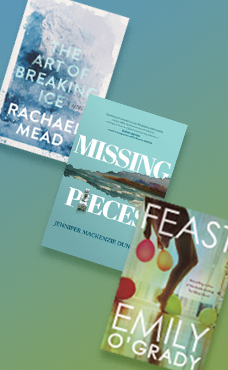
Comments powered by CComment